#18th century BC
Photo
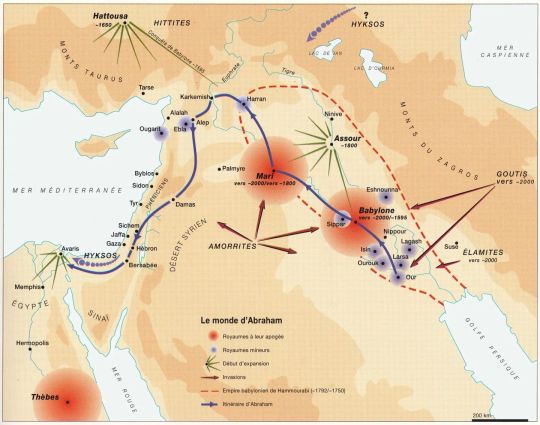
The world of Abraham, 18th century BC.
via cartesdhistoire
Source: « Histoire universelle des Juifs », Élie Barnavi, Hachette, 1992
Abraham, the father of monotheism, is with Isaac and Jacob one of the three patriarchs who founded the Jewish people. The biblical story of Genesis describes the wanderings of the Patriarchs across the Fertile Crescent, from the mouth of the Euphrates to the land of Canaan. The Bible places the Patriarchs in space but not in time, even if we can assume that Abraham lived in the 18th century. av. AD
Judaism constitutes the first expression of monotheism, but this appearance, far from being sudden, was the result of a slow evolution. Already in Mesopotamia, each state favored one deity among the many that populated its pantheon. In Egypt, the pharaoh Akhenaten (1353-1337 BC) had decided to worship only the god Aten and to do so had launched a vast iconoclastic campaign intended to eradicate all traces of worship of the god Amon. Here we see the outline of a shift towards henotheism, namely the idea that if there are several divinities, one of them is superior to the others.
From henotheism comes monolatry, namely the fact of worshiping only one god without denying that there are others. The development of henotheism stems from a form of nationalization of the gods which was notably encouraged by the Achaemenid Persians within their empire. In the biblical story of the Exodus, the alliance that the prophet Moses concluded with Yahweh was conditioned by the latter on the fact that the people of Israel made him their sole and exclusive god and renounced honoring others, which clearly shows that the existence of other gods is then recognized.
It was only around the 6th century. av. BC that Judaism asserts itself as a monotheism, that is to say that it postulates the existence of a single and universal god and therefore considers any other religious belief to be false. The true innovation introduced by monotheism is not so much the idea of divine unity as that of exclusivity and, with it, of truth.
96 notes
·
View notes
Text
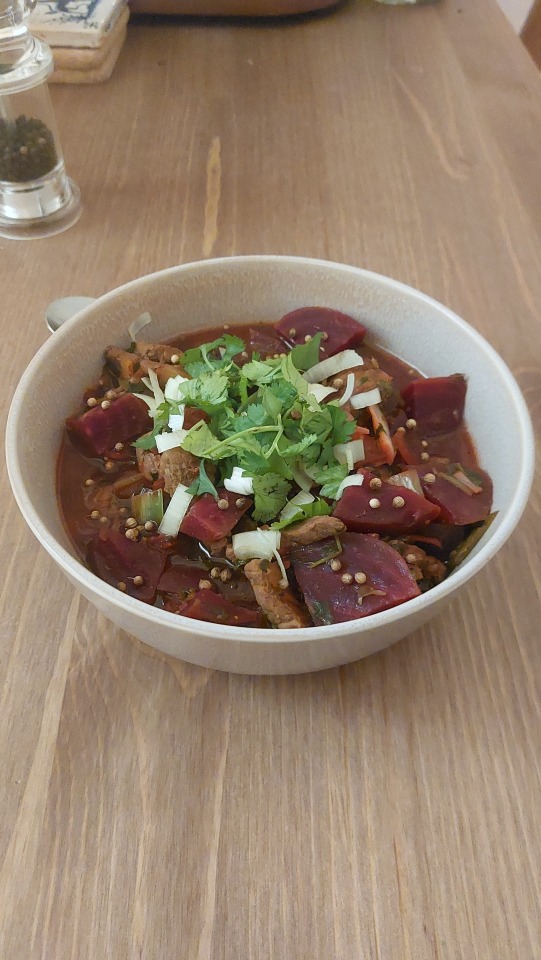
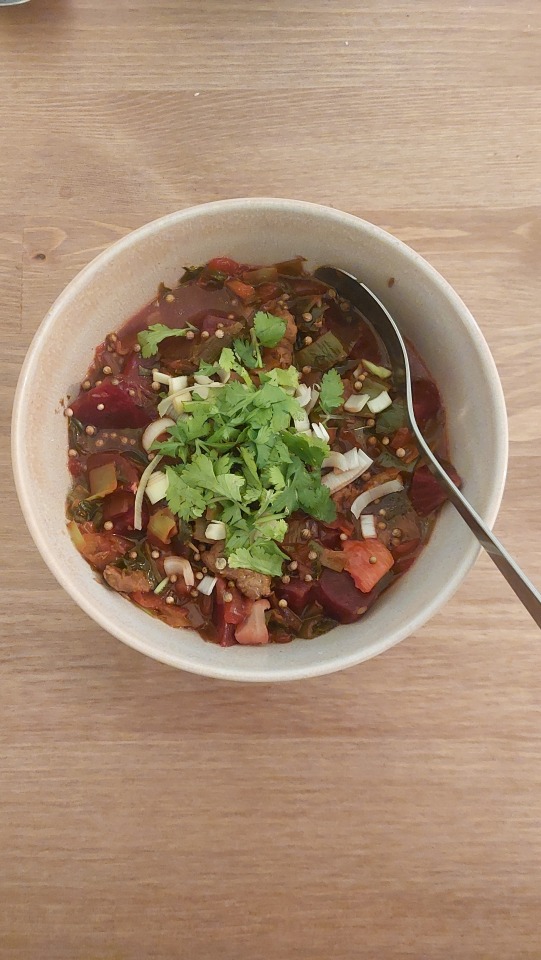
TUH'U (c. 1740 BCE)
The next Tasting History dish I had to try was Babylonian Tuh'u, a beet and lamb stew. The recipe for this dish is from the Yale Tablets, ancient Mesopotamian cuneiform tablets from 1740 BCE held at Yale University. According to these tablets, Babylonians loved eating stew - this stew recipe was just one of many stamped into these tablets. Max really liked Tuh'u when he made it, and even said it wouldn't be out of place on a modern menu. It's very impressive to see the Babylonians making meals with complex flavour combinations that can even please the palatte of people thousands of years in the future. See Max’s video on how to make it here or see the ingredients and process at the end of this post, sourced from the Youtube description of the video.
My experience making it:
I made a simple change or two from the modern recipe below. I used beef instead of lamb, mainly because the butcher I usually source lamb from was closed this week (and it's otherwise hard to find where I live). Further, I didn't end up using any of the water that Max lists in the ingredients. In terms of beer, I used Erdinger Weißbier, since it is very easy to find where I live. Unfortunately, sour beer is much harder to find, so I didn't consider using it.
In terms of preparation, this recipe requires lots of chopping (meat, onion, leek, shallot, arugula, cilantro...) and a little bit of grinding in the mortar & pestle (cumin seeds and garlic). I was very excited to use my new mortar & pestle, I love it already! The cumin seeds smelled divine while I was crushing them. Due to the long simmer time, the recipe took me about 1 hour and 30 minutes to make. The broth doesn't really thicken like a normal stew, so I decided to leave a little liquid and not boil all of it away, as the broth usually retains lots of the flavour. Due to the beautiful colour of the beets and the pops of fresh green from the cilantro, this dish was visually pretty to look at once it was served. The result was, like Max said, a dish I could definitely see being served in a restaurant today. The Babylonians had good taste!
My experience tasting it:
I tried this one on my own since my husband got home from work pretty late. The first bites were full of flavour - particularly the cilantro's. The texture and pop of flavour from the dried coriander seeds were also present, as well as the cumin, onion, and beet flavour. The beef didn't add much flavour, but definitely soaked up the flavour of the dish like a sponge. I enjoyed every bite of this one, and even saved some for leftovers to have at work. I had a feeling I would like this dish, because I like all the ingredients, and especially beets. I wasn't so sure if my husband would like it, but when he got home, he enthusiastically finished his bowl at record speed, exclaiming at how good it was in between spoonfuls. We both agreed it is the best historical dish I've made yet, and the best dish I've made in a while otherwise. I would actually consider sharing this recipe with friends, especially since the ingredients are fairly easy to find, and the process is fairly simple. Not to mention, the outcome was delicious! If you end up making it, if you liked it, or if you changed anything from the original recipe, do let me know!
Links to harder-to-find ingredients:
Cumin Seed
Coriander Seed
Tuh'u original recipe (c. 1740 BCE)
Sourced from the Yale Babylonian Tablets
Tuh’u sirum saqum izzaz me tukan lipia tanaddi tusammat tabatum sikara susikillum egegerum kisibirrum smidu kamunum alutum tukammas-ma karsum hazannum teterri kisibirrum ina muhhi sipki tusappah suhutinnu kisibirrum isarutu tanaddi.
Tuh’u. Lamb leg meat is used. Prepare water. Add fat. Sear. Add in salt, beer, onion, arugula, cilantro, samidu, cumin, and beets. Put the ingredients in the cooking vessel and add crushed leek and garlic. Sprinkle the cooked mixture with coriander on top. Add suhutinnu and fresh cilantro.
Modern Recipe
Based on the Yale Babylonian Tablets and Max Miller’s version in his Tasting History video.
Ingredients:
1 lb (450g) leg of lamb (or other meat), chopped in bite size pieces
3-4 tbsp oil or rendered fat
1 ½ tsp salt
2 cups (475ml) water (only to add if needed)
12 oz (350ml) beer (sour beer and German Weissbier preferred)
1 large onion, chopped
2 cups arugula, chopped
3/4 cup fresh cilantro, chopped
2 tsp cumin seeds, crushed in a mortar & pestle
2 large beets (approx. 4 cups), diced
1 large leek, minced
3 cloves garlic
1 tbsp dry coriander seeds
additional chopped cilantro for garnish
Samidu* (1 Persian shallot)
Suhutinnu* (Egyptian leek for garnish)
*These ingredients have no definite translation; the shallot and leek are the best guesses of scholars at Yale and Harvard Universities)
Method:
Add the oil/fat to a large pot and set over high heat.
Sear the lamb for several minutes in the oil until lightly browned.
Add the onions and let cook for 5 minutes.
Add the beets and let cook for 5 minutes.
Add the salt, beer, arugula, cilantro, samidu (shallot), and cumin and bring to a boil.
Mash the garlic into a paste and mix with the leek, then add to the pot.
Lower heat to medium and let simmer for approximately 1 hour, or until the beets and meat are cooked to your liking. Add water if you prefer.
Once cooked, dish it into a bowl and sprinkle with coriander seeds. Garnish with fresh cilantro and suhutinnu (leek).
#max miller#tasting history#cooking#tasting history with max miller#Tuh'u#Babylon#Beets#Beef#Mesopotamia#ancient history#ancient cooking#ancient meals#stews#keepers#18th century BC#beer#Mesopotamian meals#Ancient Babylon
4 notes
·
View notes
Text
youtube
Watch the American Climate Leadership Awards 2024 now: https://youtu.be/bWiW4Rp8vF0?feature=shared
The American Climate Leadership Awards 2024 broadcast recording is now available on ecoAmerica's YouTube channel for viewers to be inspired by active climate leaders. Watch to find out which finalist received the $50,000 grand prize! Hosted by Vanessa Hauc and featuring Bill McKibben and Katharine Hayhoe!
#ACLA24#ACLA24Leaders#youtube#youtube video#climate leaders#climate solutions#climate action#climate and environment#climate#climate change#climate and health#climate blog#climate justice#climate news#weather and climate#environmental news#environment#environmental awareness#environment and health#environmental#environmental issues#environmental justice#environment protection#environmental health#Youtube
16K notes
·
View notes
Text

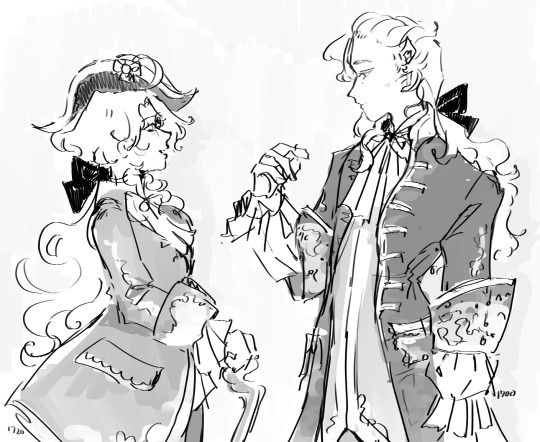
playing around with some historical french fashions on furina (+ neuvi).. I think she should always get big silly hats

18th+19th century mens fashion is one of my fav fav fav things is ever so this was fun 🫡 love being fashion history neurodivergent
#first one is inspired by napoleonic military uniforms (particularly napoleon himself)#second is late 18th century/post revolution#last one is like 1720ish vaguely#theres probably a gazillion inaccuracies i don't really care tbh#furina actually originally caught my eye bc of the historical influences in her outfit... hyvs doesnt usually go really heavily historical#so her design surprised me#i could talk about this for hours#my art#fanart#genshin impact#furina#neuvillette#fontaine#gnsn#genshin impact fanart#neuvifuri#if u squint really hard#of neuvis is early 18th century#french historical fashion
4K notes
·
View notes
Text







Women in History Month (insp) | Week 4: Dynastic Daughters
#historyedit#perioddramaedit#women in history#women in history month challenge#my edits#mine#marie anne de bourbon-conti#princess hexiao#hanzade sultan#caroline bonaparte#marie-thérèse-charlotte de france#princess fukang#gorgô of sparta#french history#chinese history#ancient greece#17th century#18th century#19th century#11th century#6th century bc#5th century bc
166 notes
·
View notes
Text
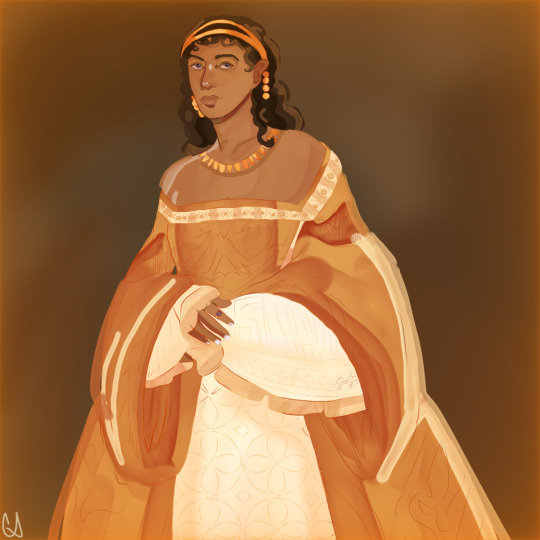

luzia + bonus luzpera for vacker weekend!! i am sooo normal about her (lying) @vackerweekend
@skylilac @callas-pancake-tree @arson-anarchy-death @steal-nightmares-leave-dreams @neverseen-nevermore @abubble125 @purplesoup-lad-le @gay-otlc @thefoxysnake @keeper-of-the-lost-dadwin @ravs6709 @corruption-exe @kamikothe1and0nly @that-glasses-dog @presidentroarie @even-if-in-another-time @nyxpixels @slozhnos @katniss-elizabeth-chase @sofia-not-sophie @moontoastt @lemon-girl-in-devil-town @three-bunnies-in-a-trenchcoat @purpleunicycle @just-a-honey-badger @loverofallthingssmart @antisocialdork @tamsong @cutebisexualmess @tastetherainbow290 @gayupstraight @myfairkatiecat @famousinfamous @kale-of-the-forbidden-cities @oroshka @tw-5 @squishmallow36 @iggydancebreak @cosmxc-ars3hol3
#NOT ENOUGH LUZPERA CONTENT IN THIS FANDOM!!!!#sorry for not drawing luzias amethyst glitter or whatever btw i genuinley have no idea how#their ears arent pointy bc this is before they were ancients <3 i didnt forget i promise#also! loosely modeled the luzia portrait after 17th/18th century artwork#luzia vacker#vespera folend#luzpera#kotlc#kotlc fanart#lady vespera#vacker weekend 2024
75 notes
·
View notes
Text
Rutter
A rutter is a manual for sailors with written sailing instructions. Prior to the advent of nautical charts, rutters were the most important source of geographical information for sailing.
In ancient times, they were known as periplus ("book of circumnavigation") and among medieval Italian sailors in the Mediterranean as portolano ("harbour book"). The Portuguese sailors of the 16th century called it roteiro, the French routier, from which the English word "rutter" is derived. In Dutch it was called leeskarte, in German Seebuch and in Spanish derrotero.
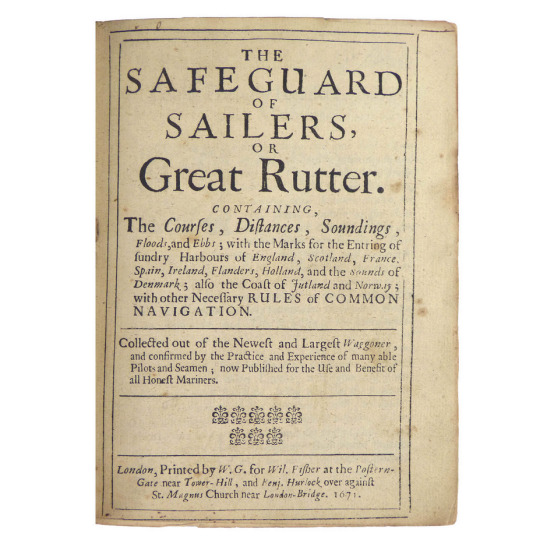
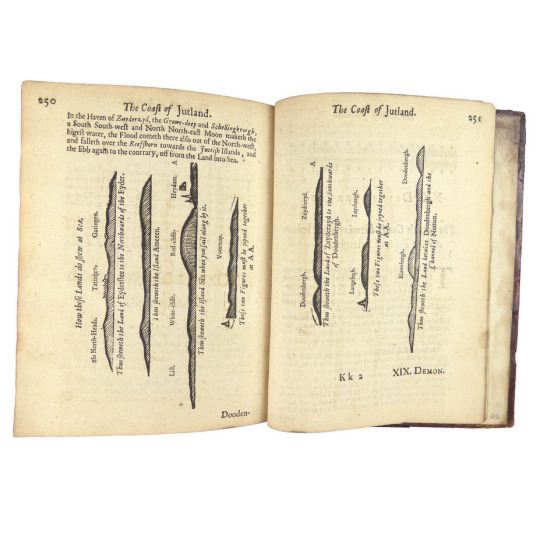
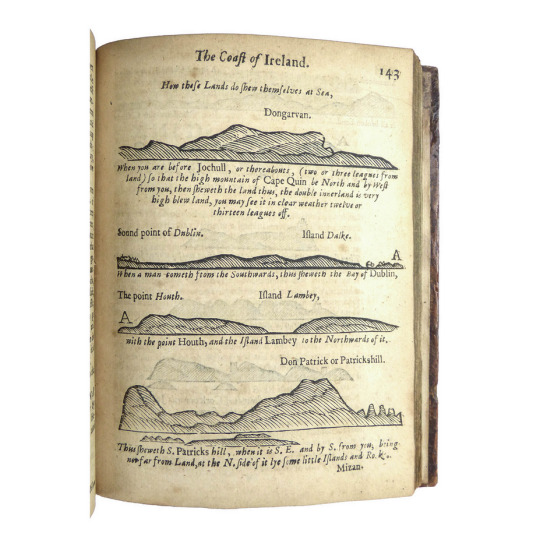
Great Rutter, London: Printed by W.G. for Wil. Fisher at the Postern-Gate near Tower-Hill, and Benj. Hurlock over against St. Magnus Church near London-Bridge, 1671
As you can see, these books have been around since ancient times (4th century BC) to help sailors and mariners on their journeys from A to B. And these manuals often contained a wealth of information that went beyond sailing instructions. They often contained detailed physical descriptions of coasts, harbours, islands, canals, indications of tides, landmarks, reefs, shoals and difficult entrances, instructions on how to use navigational instruments to determine position and plan routes, calendars, astronomical tables, mathematical tables and calculation rules (especially the Marteloio rule), lists of customs regulations in various ports, medical prescriptions, instructions on ship repairs, etc.
The nautical chart, which emerged in the 14th century, therefore never completely replaced the manual, but was only a supplement to it.
If you would like to see more rutters, you can do so here - https://www.aseaofbooks.org
#naval history#rutters#navigation books#4th century bc- 18th century#ancient seafaring#age of discovery#age of sail#naval navigation
76 notes
·
View notes
Text
youtube
Watch the 2024 American Climate Leadership Awards for High School Students now: https://youtu.be/5C-bb9PoRLc
The recording is now available on ecoAmerica's YouTube channel for viewers to be inspired by student climate leaders! Join Aishah-Nyeta Brown & Jerome Foster II and be inspired by student climate leaders as we recognize the High School Student finalists. Watch now to find out which student received the $25,000 grand prize and top recognition!
#ACLA24#ACLA24HighSchoolStudents#youtube#youtube video#climate leaders#climate solutions#climate action#climate and environment#climate#climate change#climate and health#climate blog#climate justice#climate news#weather and climate#environmental news#environment#environmental awareness#environment and health#environmental#environmental issues#environmental education#environmental justice#environmental protection#environmental health#high school students#high school#youth#youth of america#school
17K notes
·
View notes
Text
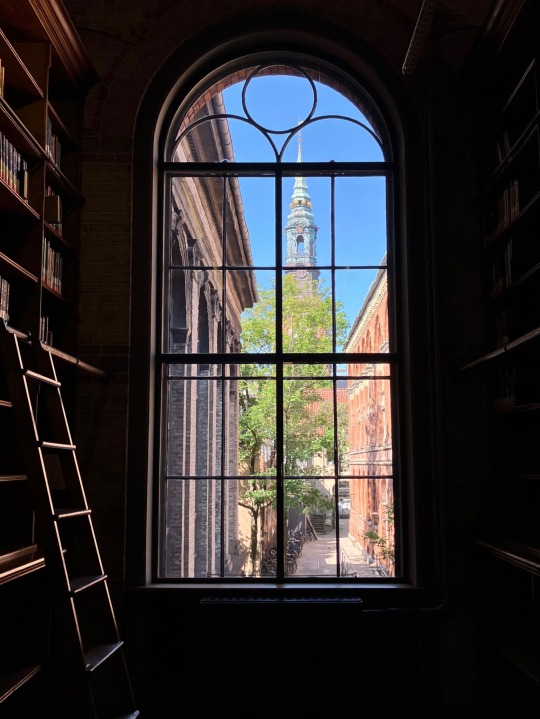

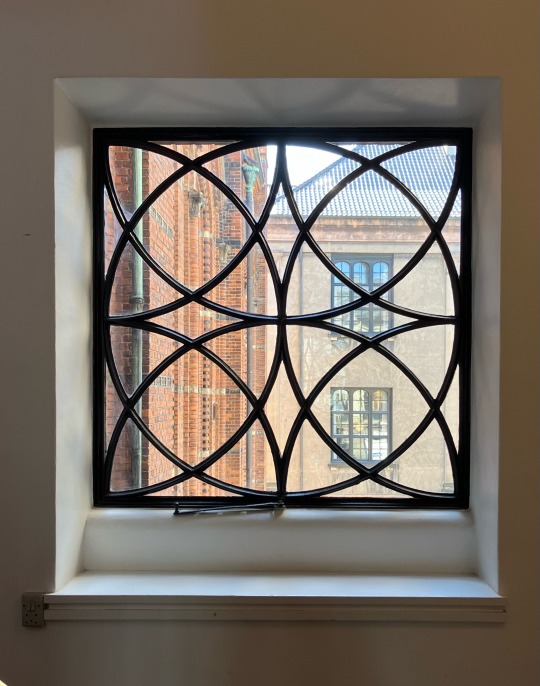
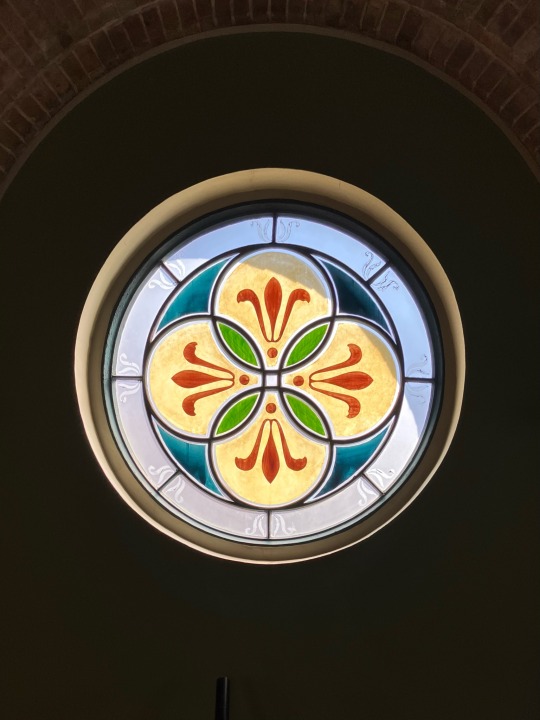
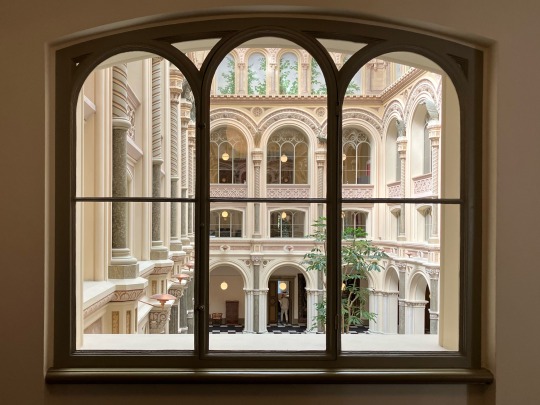

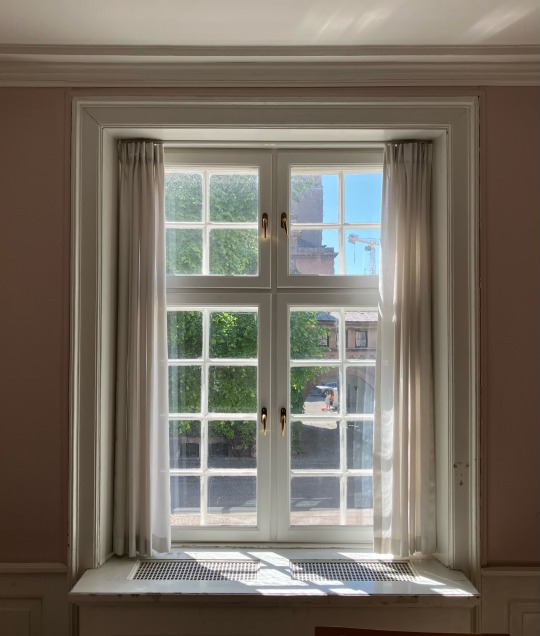
This week, I was asked to wander around the buildings at work and take pictures of indoor windows as research for an upcoming photo project. I think some of them are pretty neat. In any case, it was probably the most relaxing couple of work hours I’ve ever had.
#cecil blogs her life#Denmark#copenhagen#university#does this count as#dark academia#????#historical buildings#windows#interior#protected buildings#listed buildings#I couldn’t get any shots from the oldest building we have which is from the 1400s bc it was booked for meetings#the others are built between the 18th and the early 20th century#1700s architecture#1800s architecture#1900s architecture#18th century architecture#19th century architecture
224 notes
·
View notes
Text
If anyone, like me, sews or likes to think they can sew and also has a healthy appreciation for 18th century women's pockets, I've come across an adjustable skirt design with built in pockets inspired by 18th century pockets!
It's got two designs in one and look at this!!

Disclaimer of course that I haven't tried the pattern myself yet, but I'm excited to!
#my post#sewing#i fit so much shit in my 18th century pockets and i miss them sometimes#also this is on sale but it ends today#i might try and increase the length bc i like design b but also like a little longer of a skirt sometimes#the other version still adjusts but doesn't use lacing to do so
635 notes
·
View notes
Text
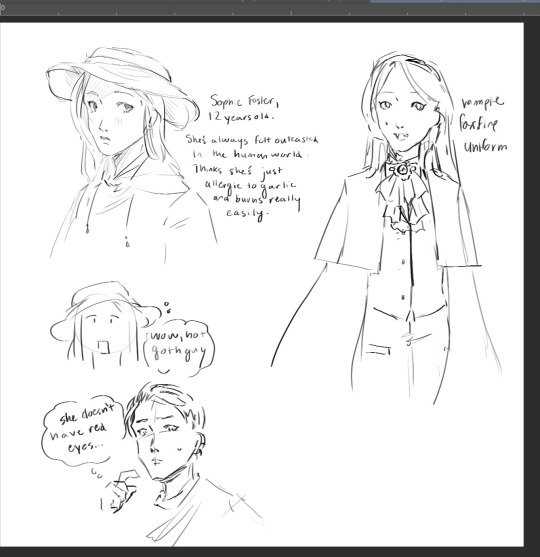
some doodles of the vampire au... I'll do more tmrw
#its fun to draw younger soohie bc i usually draw her 15/16#also this is just an excuse to draw vaguely historically inaccurate 18th century clothing#kotlc#sophie foster#vampire au
98 notes
·
View notes
Text
(amrev) Book pile got a new addition today AYYY
(thx Hannah :33)


#nerd stuff#amrev#american revolution#baron von steuben#von steuben#queer history#lgbtq history#ofc im using that tag for him teehee#books#booktok#history#history nerd#americanrevolution#american revolutionary war#continental army#friedrich wilhem von steuben#mount vernon#18th century#freiherr von steuben#pls tell me thats a tag smh#yeah uh#idk how tags work#and#idk what else to tag#bc#idk what ik doing#TEEHEE
36 notes
·
View notes
Text
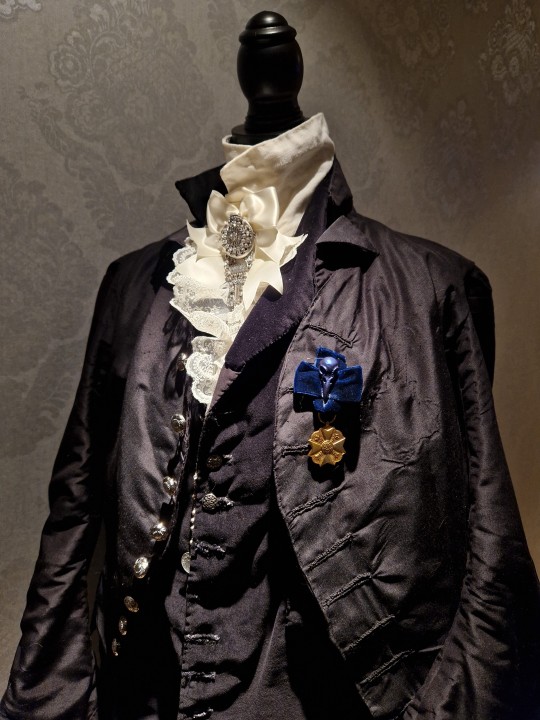
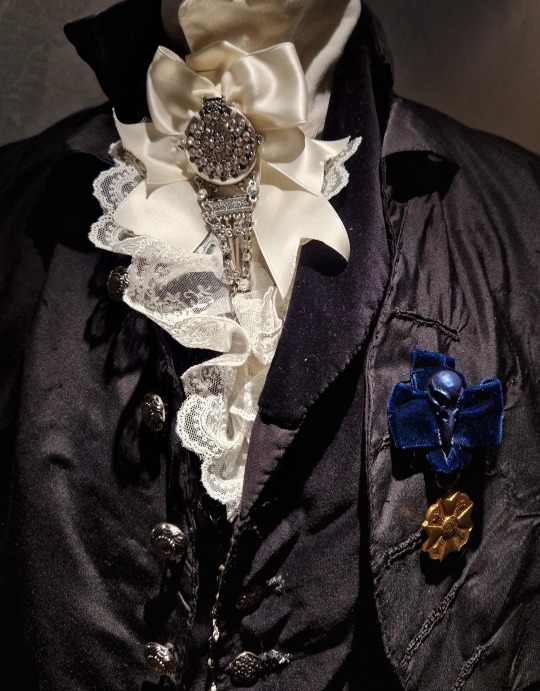
Gay little sparkly fit
22 notes
·
View notes
Text
frankenstein au neil fucking HAAAAATES envy
#to preface i think i’m setting this in like.. the 20s? even tho. the book takes place in the 18th century#i just like the 20s.#but ummm#envy. worried for lynette’s well being because she hasn’t been seen in weeks. pays her a visit. berates her a lot bc she doesn’t know how t#be nice. neil overhears. isnt a fan. while lynette is off taking care of something else envy hears strange noises coming from the basement.#envy goes to investigate. finds neil. freaks the FUCK out.#tldr lynette has to hold neil back from going fucking Rabid on envy
26 notes
·
View notes
Text
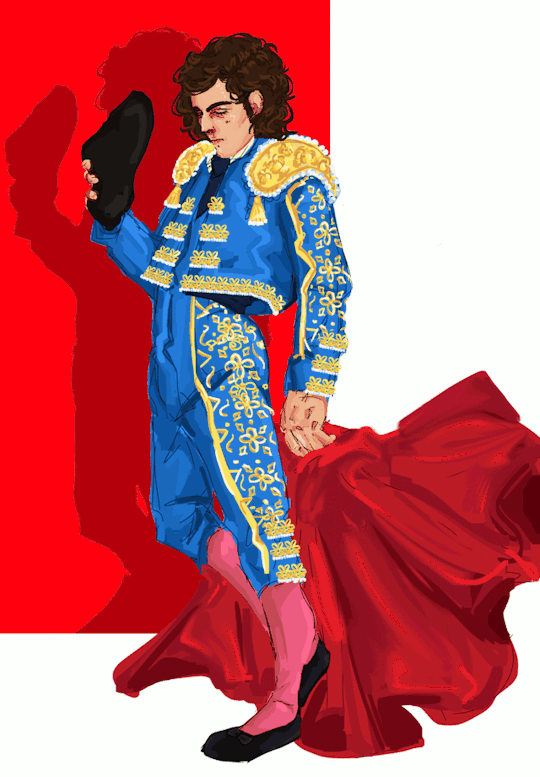
I have a problem.
Further evidence:

#me: I avoid drawing racesuits bcs they're too complicated and I don't really know how to draw them.#Also me: constantly draws one of the most overcomplicated designs ever#and i also am constantly in the depths of researching 18th century clothing#atp maybe i just have zero interest in race suits#(tbf it's honestly less the level of detail. but more all the sponsor names and lack of freedom in drawing them)#(yknow one solid design that you cant really deviate from. i dont have a lot of interest in drawing that type of thing)#(but i will do it for chibis! much more simple)#also there was chibis ive drawn as well but they dont fit#ive mostly draw peak era vettonso cause duh#but ig id really like to draw matador versions of all their eras i think that would be a lot of fun#its fun to put these in a gif together#see how ive evolved at both drawing matadors but also painting#but god i still think i really like that renault one the best......#its just tough to beat. and its crazy cause i went into that w just. zero experience#and ive leveled up since then but it has this energy i enjoy so much and i just rly love how i drew his face ah...#but do tell me if you so wish which one you like best??#catie.rambling.txt#matador au#catie.art.
15 notes
·
View notes
Text







Women in History Month (insp) | Week 2: Royal Mothers
#historyedit#perioddramaedit#women in history#women in history month challenge#blanche of castile#french history#turhan hatice sultan#ottoman history#ririkumutima#burundese history#african history#louise of prussia#german history#çiçek hatun#bathsheba#jewish history#queen jeongsun#korean history#13th century#17th century#19th century#15th century#10th century bc#18th century#mine#my edits
132 notes
·
View notes
Text

first part of a maglor themed triptych
#silm#silmarillion#maglor#i haven't actually drawn him in armor much#i ended up designing a new set for him based off real-life 16th century german armor#bc for some reason maglor's regular clothes ended up with a weird 17th-18th century german composer aesthetic#and that ended up carrying over to his armor design
107 notes
·
View notes
Video
HMS Victory- upper gundeck von Gordon Dedman
#naval history#tall ship#hms victory#upper gun deck#i guess it is the middle gundeck#bc this looks more like the wardroom#but i be wrong#18th century#age of sail original
67 notes
·
View notes
